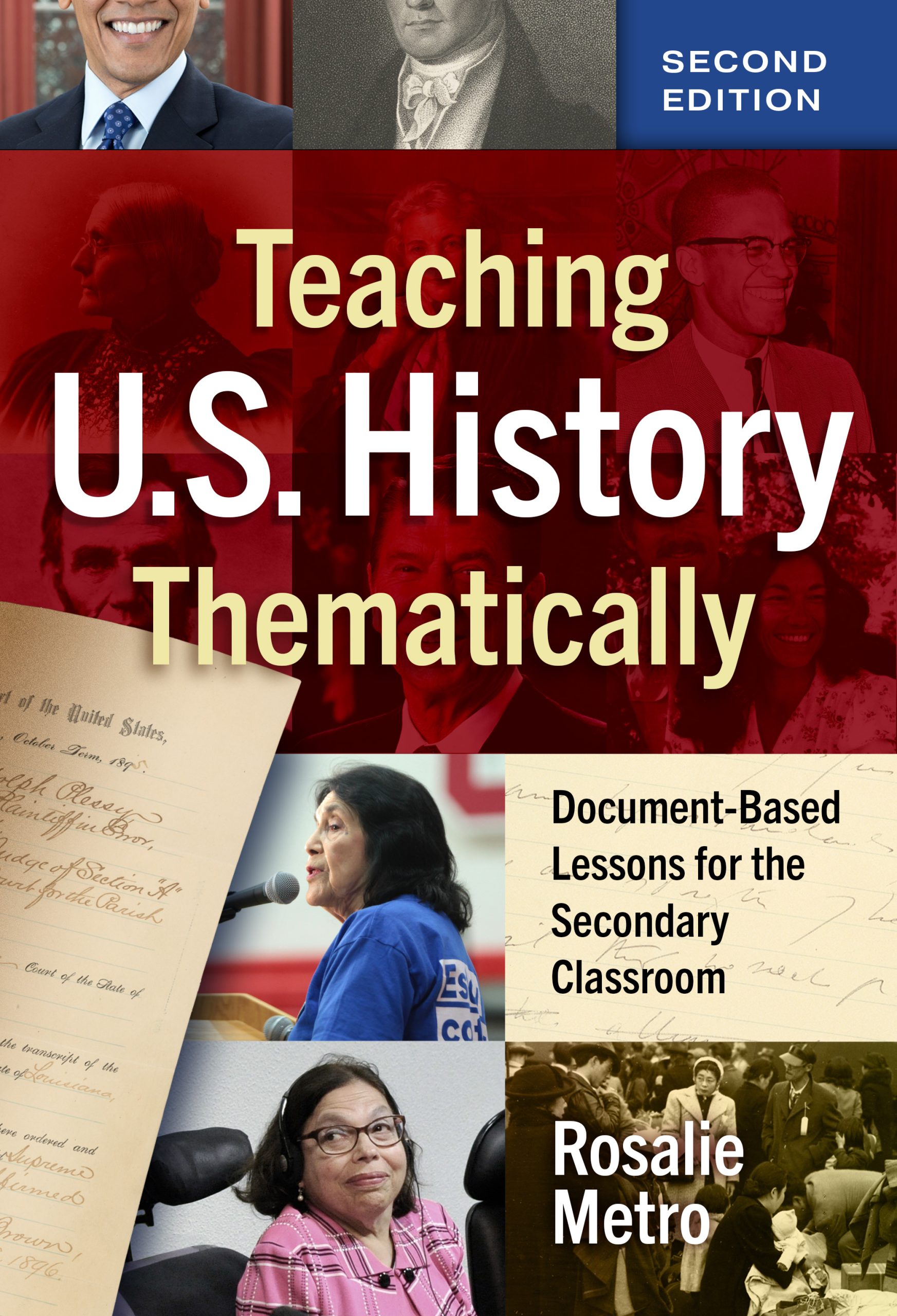
Rosalie Metro is an associate teaching professor in the College of Education and Human Development at the University of Missouri-Columbia. She is the author of Teaching World History Thematically: Essential Questions and Document-Based Lessons to Connect Past and Present, and Teaching US History Thematically: Document-Based Lessons for the Secondary Classroom, the second edition of which will be published this month.
It wasn’t a surprise, but it still hurt.
Last Thursday the conservative Supreme Court majority rejected affirmative action in higher education, one in a series of 6-3 decisions this summer, and one that immediately changed the lives of millions of students, instructors, and administrators. My institution, the University of Missouri, issued a statement declaring that it would immediately halt not only the consideration of race in admissions, but also race-based scholarships. Angry tears filled my eyes as I thought of my students in the Dorsey Leadership Academy, a program designed to financially, logistically, and emotionally support preservice teachers from minoritized racial and ethnic groups. We know our teacher workforce is much less diverse than K–12 student bodies, and that having a teacher who shares their background leads to academic gains for many students of color. So it wasn’t only my Black and brown college students I grieved for, but also their potential students—a whole generation who would face additional avoidable obstacles to success.
The decision comes just a few weeks before the publication of the second edition of my high school textbook, Teaching US History Thematically: Document-Based Lessons for the Secondary Classroom. It is a collection of more than seventy primary source documents, organized according to essential questions that our country has grappled with for centuries, and it has plenty to tell us about the context for the Supreme Court’s decision. The unit on diversity and discrimination contains excerpts from the Dred Scott case, Plessy v. Ferguson, and Brown v. Board of Education, which shows students the legal structures of white supremacy as well as the argument for diverse schools. One document I added to this edition was the 1705 Virginia Slave Codes, which illustrates the underpinnings of later Supreme Court decisions. Students would hear from Sojourner Truth and Elizabeth Cady Stanton, and might contemplate why white women chose to prioritize their own rights over those of their sisters of color. This unit also includes texts by Malcolm X and Ku Klux Klan wizard Hiram V. Evans, from which students can learn how arguments for white supremacy developed in the 20th century, and how Black people and their allies fought this myth. Dipping forward into the foreign policy unit, Martin Luther King’s “Why I Am Opposed to the War in Vietnam” could help them connect economic and social issues to better understand the legacy of educational opportunities denied.
The diversity and discrimination unit’s guiding question, “What does equality mean?” touches directly on the Supreme Court’s recent arguments. Chief Justice John Roberts opines that “The Harvard and U.N.C. admissions programs cannot be reconciled with the guarantees of the Equal Protection Clause.” Yet Justice Sonia Sotomayor argues in her dissent that the majority’s decision “subverts the constitutional guarantee of equal protection by further entrenching racial inequality in education, the very foundation of our democratic government and pluralistic society.” To test Sotomayor’s claim that Roberts’ interpretation of the Equal Protection Clause is “ahistorical,” students could go back to the unit on American democracy, read Abraham Lincoln’s Gettysburg Address, and examine the context in which the 14th Amendment was added to the Constitution. They might check the unit on government, business, and workers for a refresher on W. E. B. DuBois’s views on Reconstruction. Teachers might ask whether Roberts’ interpretation of the Equal Protection Clause aligns with his (usually) originalist interpretation of the Constitution.
My book is already in press, so it will be published without explicit reference to this Supreme Court decision. But if I could add one document at this point, it would be Ketanji Brown Jackson’s powerful dissent. I’d have students read it alongside the dissent in Plessy v. Ferguson, to remind them that even when the majority wins in the short term, history often looks back with a different gaze. If there’s one line I predict will remain in the history books a hundred years from now, it’s hers: “deeming race irrelevant in law does not make it so in life.”
In fact, it would be hard to choose between her scathing words and Sotomayor’s more hopeful ones. Personally, I take comfort in Sotomayor’s conviction that “society’s progress toward equality cannot be permanently halted…The pursuit of racial diversity will go on.”
For white women like me, who have until today been the prime beneficiaries of affirmative action policies, I think this Supreme Court decision not only provokes historical reflection, but also provides a call to action. I’ll return to the classroom in August more determined than ever to prepare my preservice teachers of all racial and ethnic backgrounds to examine the history and current situation of education in this country with a critical eye. I’ll keep presenting them with multiple perspectives and letting them make up their own minds. I trust their intelligence and their care for their students.
I’ll be even more dedicated to recruiting, supporting, and mentoring into the teaching profession students from minoritized racial and ethnic backgrounds. And I’ll be sure that my white students understand the historical legacy that they and I share, and our special responsibility to work against racism in education. I suspect that this generation of preservice teachers will look back on this 2023 decision at the end of their careers, in the 2060s, much the way we look at Plessy v. Ferguson today—as a misstep on the path toward justice.

Teaching U.S. History Thematically (Second Edition)
Document-Based Lessons for the Secondary Classroom
Rosalie Metro
Image by Deborah Cromwell from Pixabay
